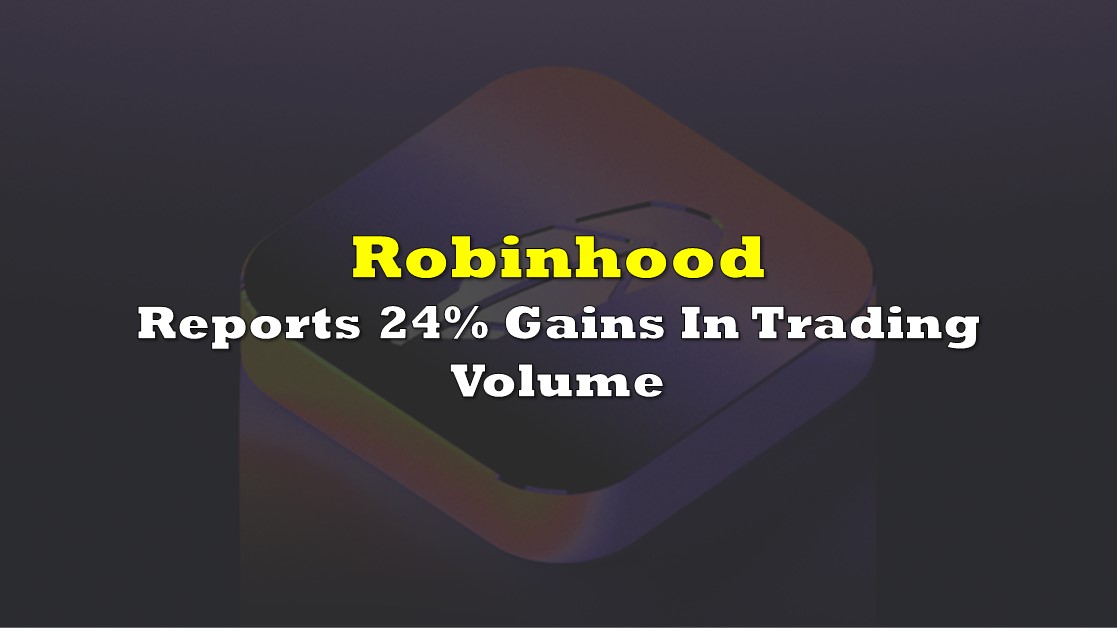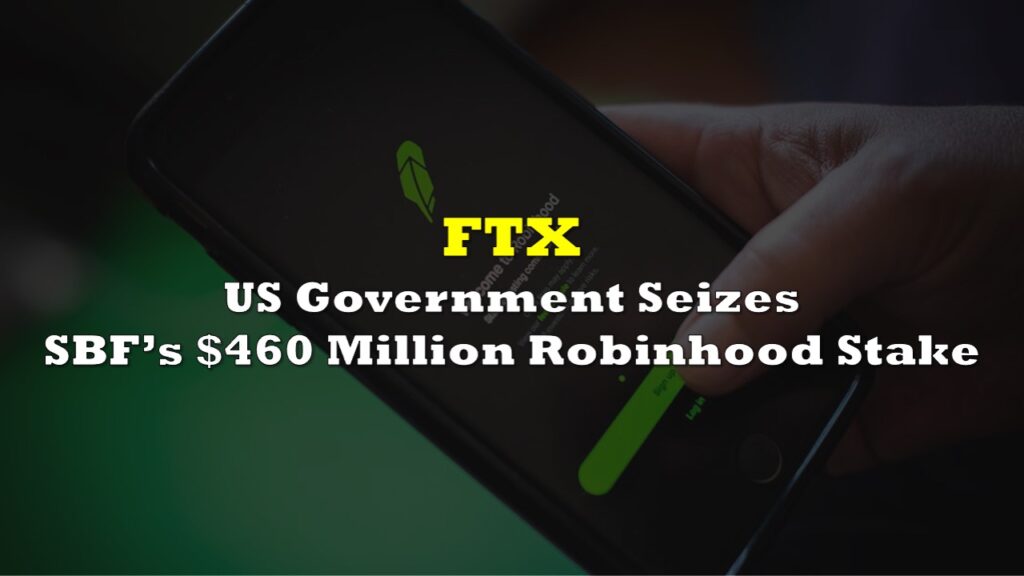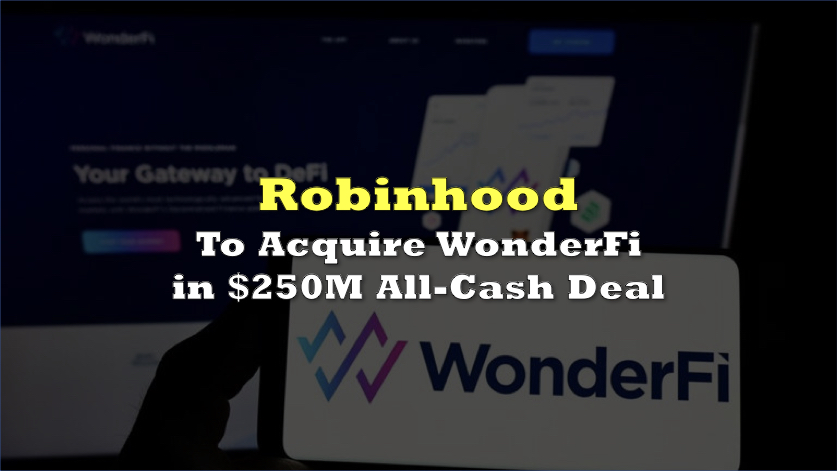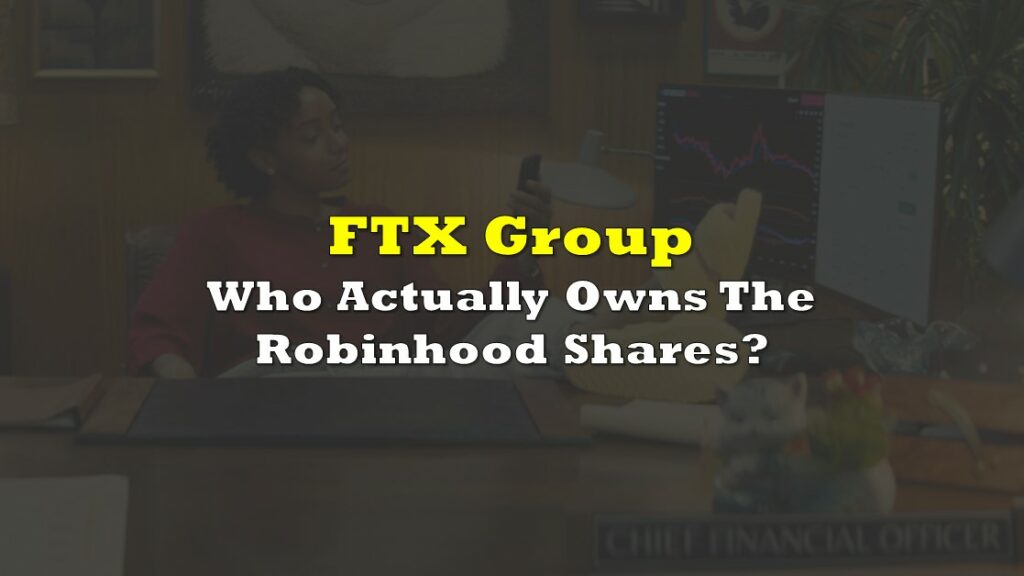On March 13, Robinhood Markets, Inc. (NASDAQ: HOOD) reported generally constructive monthly operating data for February 2023. Helped by much friendlier markets than seen throughout most of 2022, trading activity in key areas during the month rose to the highest levels in about a year.
Robinhood’s equity trading volume reached US$57.3 billion in February 2023, up from US$46.0 billion in January 2023 and US$38.6 billion in December 2022. Furthermore, February’s equity trading volume equated to US$3.0 billion per trading day, the highest level since US$3.1 billion per day in March 2022.
Similarly, Robinhood’s February 2023 option contracts trading volume was 89.4 million, or 4.7 million contracts per day. This pace represents the company’s highest per-day trading level since the heady days of November 2021 (5.4 million contracts per day).
A less-than-stellar February 2023 operating statistic was Robinhood’s 12.0 million monthly active users (MAUs), which was flat versus January 2023 and up from 11.4 million in December 2022. In November 2021, some 18.6 million active users traded on the online platform. Even in the ugly trading days of June 2022, Robinhood had 14.0 million MAUs.
ROBINHOOD MARKETS, INC. MONTHLY OPERATING STATISTICS
| February 2023 | January 2023 | December 2022 | November 2022 | October 2022 | |
| Cumulative Funded Accounts (millions) | 23.1 | 23.0 | 23.0 | 23.0 | 22.9 |
| Monthly Active Users (millions) | 12.0 | 12.0 | 11.4 | 12.5 | 12.5 |
| Assets Under Custody (US$ billions) | 74.7 | 74.7 | 62.2 | 70.2 | $70.2 |
| Trading Volumes: | |||||
| Equity (US$ billions) | $57.3 | $46.0 | $38.6 | $44.7 | $46.7 |
| Option Contracts (millions) | 89.4 | 82.9 | 75.3 | 81.8 | 78.7 |
| Cryptocurrencies (US$ billions) | $3.5 | $3.7 | $1.9 | $5.7 | $3.5 |
| Trading Days (Equity and Options) | 19 | 20 | 21 | 21 | 21 |
| Trading Volume Per Trading Day: | |||||
| Equity per Day (US$ billions) | $3.0 | $2.3 | $1.8 | $2.1 | $2.2 |
| Option Contracts per Day (millions) | 4.7 | 4.1 | 3.6 | 3.9 | 3.7 |
| Cryptocurrencies Per Day (US$ billions) | $0.2 | $0.2 | $0.1 | $0.3 | $0.2 |
Separately, there have been no major new developments so far this year regarding the most important issue facing Robinhood: payment for order flow (PFOF), which comprised nearly 40% of Robinhood’s total 4Q 2022 revenue. PFOF is derided by full-service (commission-charging) brokers who contend that the practice results in a less favorable transaction price for the online broker’s clients.
In December 2022, the SEC issued a decision which significantly undercuts the future of PFOF and will likely be implemented in late 2023. Public comments on the SEC’s order are due by March 31, 2023. The SEC ruling will require brokers (like Robinhood) to send marketable stock orders of US$200,000 or less into auctions (each auction takes perhaps three-tenths of a second to complete) where high-speed traders and institutional investors compete to fill the orders at the best prices.
READ: Robinhood: Will The Coming Payment for Order Flow Restriction Hurt Earnings?
An online broker can still route orders to a wholesaler under the amended rules but the conditions for doing so are tough. Wholesalers must be able to beat a key price metric linked to auction behavior. Alternatively, wholesalers could be utilized in the unlikely event of auction failure.
The SEC’s new rule could ultimately force Robinhood to start charging commissions. It is unclear how that would be received by its current and prospective clients. Non-zero commissions could dim Robinhood’s appeal to its young customer base.
READ: Robinhood: Judge Opens The Door To Class Action Lawsuit
While Robinhood looks reasonably valued — its enterprise value is only about US$2 billion — and its operating metrics so far in 2023 show improvement, the uncertainties over its future revenue profile is significant. As a result, investors may want to limit exposure to Robinhood’s shares.
Robinhood Markets, Inc. last traded at US$9.07 on the NASDAQ.
Information for this briefing was found via Edgar and the sources mentioned. The author has no securities or affiliations related to this organization. Not a recommendation to buy or sell. Always do additional research and consult a professional before purchasing a security. The author holds no licenses.









